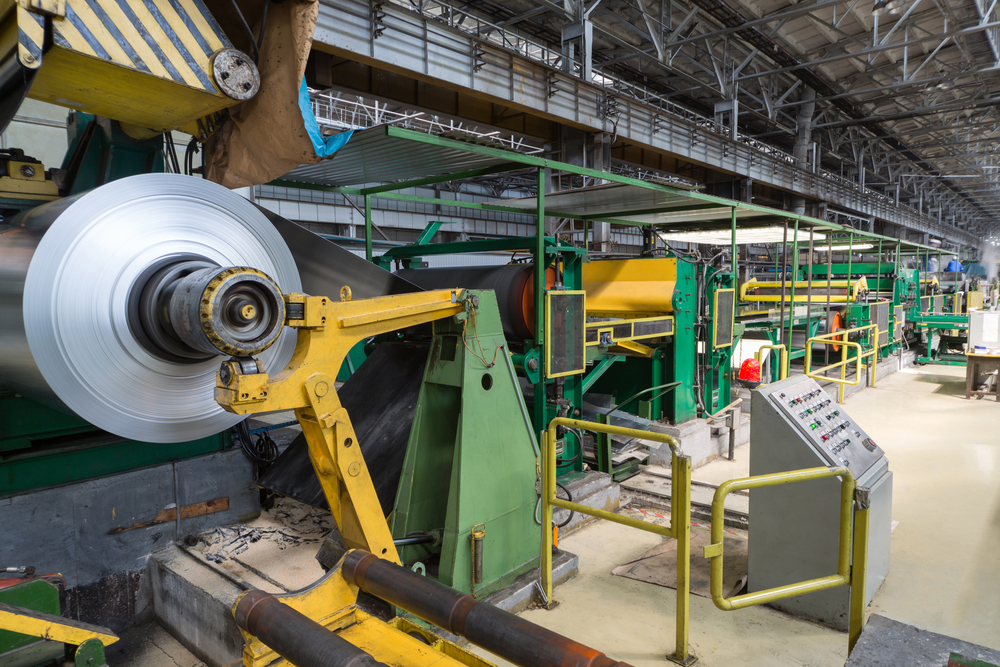Hydrochloric acid in stainless pre-pickling: Mechanism and Considerations
Hydrochloric acid is an effective agent for dissolving oxide scale on stainless steel surfaces. The primary reactions involve the dissolution of iron, chromium and nickel oxides, converting them into soluble chlorides:
Dissolution of iron oxide:
Fe2O3 + 6HCl → 2FeCl3 + 3H2O
Dissolution of chromium oxide:
Cr2O3 + 6HCl → 2CrCl3 + 3H2O
Dissolution of nickel oxide:
NiO + 2HCl→ NiCl2 + H2O
These reactions facilitate the removal of oxide layers, resulting in a cleaner surface. The use of HCl in pre-pickling provides a uniform dissolution of the oxide. However, HCl alone has limited pickling efficiency compared to stronger acids. To improve the process, hydrogen peroxide is introduced as an oxidizing agent.
Improving pickling efficiency with hydrogen peroxide
Hydrogen peroxide acts as a strong oxidizing agent when combined with HCl in the pickling of stainless steel. Its addition enhances the dissolution of stubborn oxide layers and improves the overall pickling efficiency through several mechanisms.
Decomposition of H₂O₂ releases oxygen:
H2O2 → H2O + 1/2 O2
The oxygen released helps to loosen and dissolve strongly adhering scale, facilitating a thorough cleaning of the surface.
H₂O₂ reacts with the ferrous chloride (FeCl₂) formed during the initial HCl pickling to form ferric chloride (FeCl₃):
2FeCl2 + H2O2 + 2HCl → 2FeCl3 + 2H2O2
Maintaining a higher concentration of FeCl₃ increases the effectiveness of the pickling solution and speeds up the process.
In addition, the presence of H₂O₂ contributes to a smooth surface finish by minimizing intergranular attack, resulting in a uniformly high quality stainless steel surface. In addition, H₂O₂ helps prevent the formation of smut, a dark residue that can form when contaminants remain on the surface.
Environmental Challenges with HCL used in stainless steel pickling
A significant disadvantage of this process is the difficulty in regenerating or recycling the used pickling acid due to the presence of ferric chloride (FeCl₃). Traditional methods struggle to effectively recycle FeCl₃, leading to environmental and economic concerns related to waste disposal.
Recently, SUSTEC's R&D program aimed to address this issue by developing an innovative regeneration solution for spent hydrochloric acid from stainless steel pickling, overcoming today's limitations.
With this technological solution, stainless steel pickling with HCl and H₂O₂ pickling process could be used without the negative environmental impact it has today.

